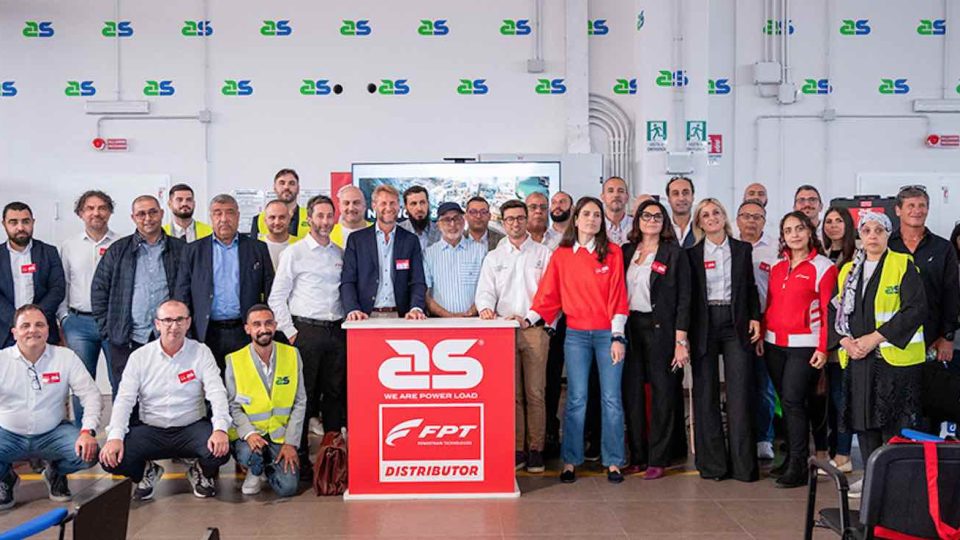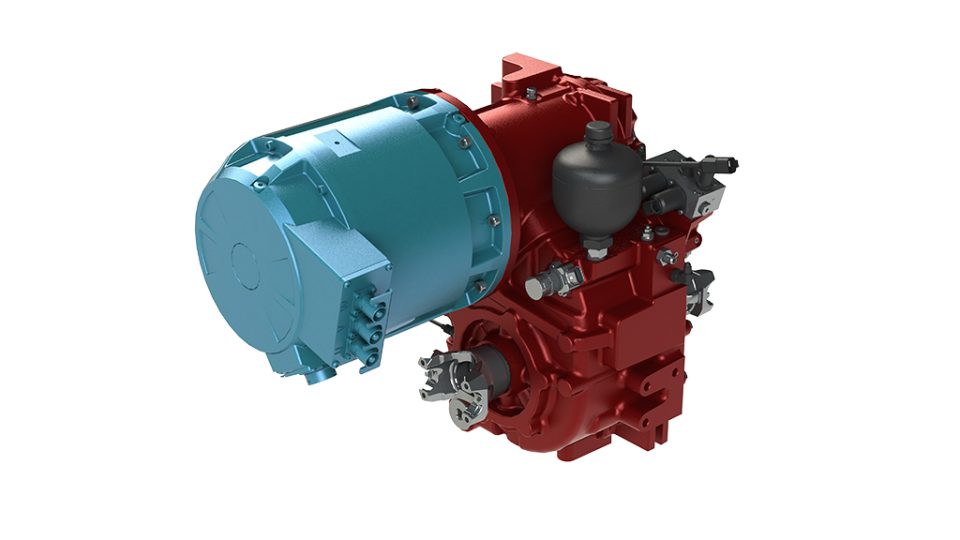Improving the fuel efficiency of an internal combustion engine (Part IV)
Our long journey about fuel efficiency has finally come to an end. This is the last post taken from quite a long (although extremely interesting) article written by Serguei Tikhonenkov, MSc about a brand-new engine design aimed at boosting the fuel efficiency of internal combustion engines. In this final part, the author puts an end […]
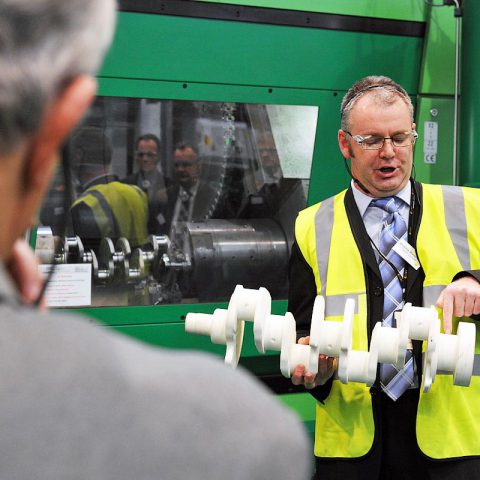
Our long journey about fuel efficiency has finally come to an end. This is the last post taken from quite a long (although extremely interesting) article written by Serguei Tikhonenkov, MSc about a brand-new engine design aimed at boosting the fuel efficiency of internal combustion engines. In this final part, the author puts an end to the technical description (read the previous post here) and analyzes some economical as well as social and geopolitical possible scenarios. To go back with the reading, here’s the first part and here’s the second one.

The change in torque values in the proposed engine is determined only by the change of pressure in the cylinder. Statistical values of moment variations in the proposed engine and in an engine with a crankshaft are characterized by arithmetic averages. The arithmetic average of the moment in the proposed engine is 1.83 times the arithmetic average of the moment in the traditional engine (Chart 4).
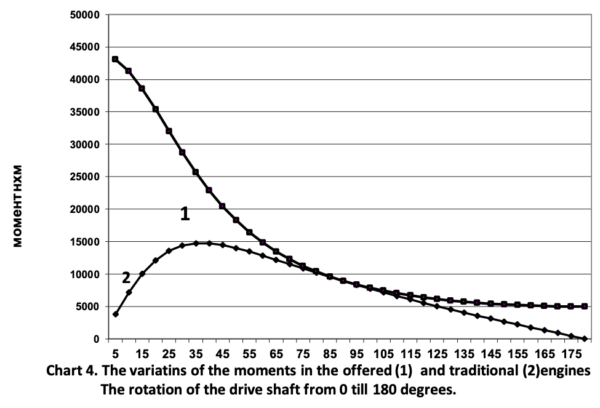
Boosting fuel efficiency by increasing reliability and durability
The new engine must be equipped with efficient flywheels to compensate for the uneven rotation. We should also note that there are no camshafts in the new engine. The additional power will reduce the engine’s RPMs, decreasing its heating rate and increasing reliability and durability.
It is important to evaluate the effect of the engine on various spheres of human activity. First of all, it is a huge step in the field of ecology. Reducing fuel consumption by 80 percent will reduce the water, land and air pollution on the same scale. As a result, we can anticipate a decrease in the number of diseases caused by poor environmental conditions, a lower risk of global warming, lower health care costs, an increase in life expectancy, etc.
At the same time, it is necessary to assess the consequences of the use of the new engine for countries that hold huge reserves of oil and gas (Chart 5).
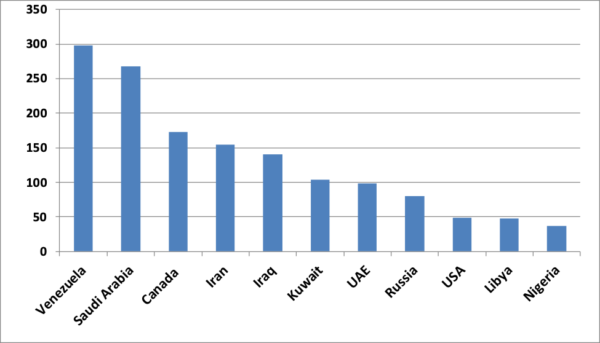
Chart 6 presents information on the share of oil exports in the GDP of some countries.
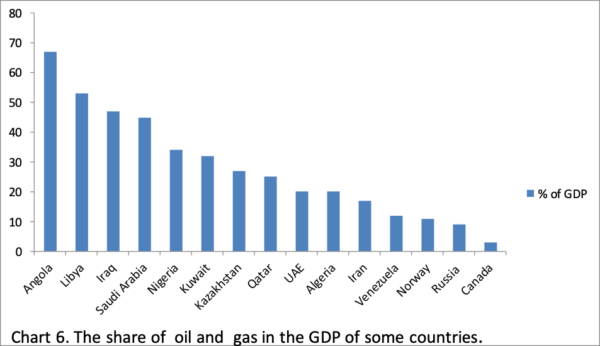
Improving the fuel efficiency: a geopolitical scenario
In one way or another, all countries will feel the impact of a reduction in oil and gas consumption. This results in decreasing budget revenues, business closures, high unemployment, the likelihood of protests and riots. Huge investments in the exploration and development of oil and gas deposits in Russia, the United States and other countries will prove to be unrecoverable costs.
Shocking consequences will occur in the field of oil and gas pipelines. Russia, Ukraine, Belarus, Turkey and Poland transporting oil and gas from Siberia to Western Europe will shut down most of their pipelines. The same problem will affect the pipeline industry in North and South America. Road and rail transport will compete with pipelines in transporting reduced volumes of oil and gas.
The reduced demand for gas and oil will significantly reduce the efficiency of transporting them by huge tankers from Saudi Arabia, Iran, Iraq, Nigeria, Libya, and the United Arab Emirates. This will lead to a devastating crisis in these countries.
Benefits and disadvantages
The new engines connected to generators will force out nuclear and thermal power stations working on coal. Small household electric generators will allow the cheap electricity to be used for heating the home, providing hot water and operation of home appliances.
These events will lead to a crisis in the financial sector. Shock changes on the stock market will lead to the ruin of many shareholders. Companies will be unable to repay loans, which will lead both the companies and banks to bankruptcy.
On the other hand, a number of countries will benefit from using the new engine. These are countries whose budget is formed through the provision of services in information technology, the production of machinery, agricultural products, etc. These are the USA, Japan, Germany, Sweden, South Korea, India, China and some other countries.
It is difficult to imagine a general picture of the consequences of using the new engine. Multiple correlation of causes and effects can be described in an economic/mathematical model.
srgtikhonenkov@gmail.com

